Infrastructure
Solving Space Junk Problem Could Net Federal Prize
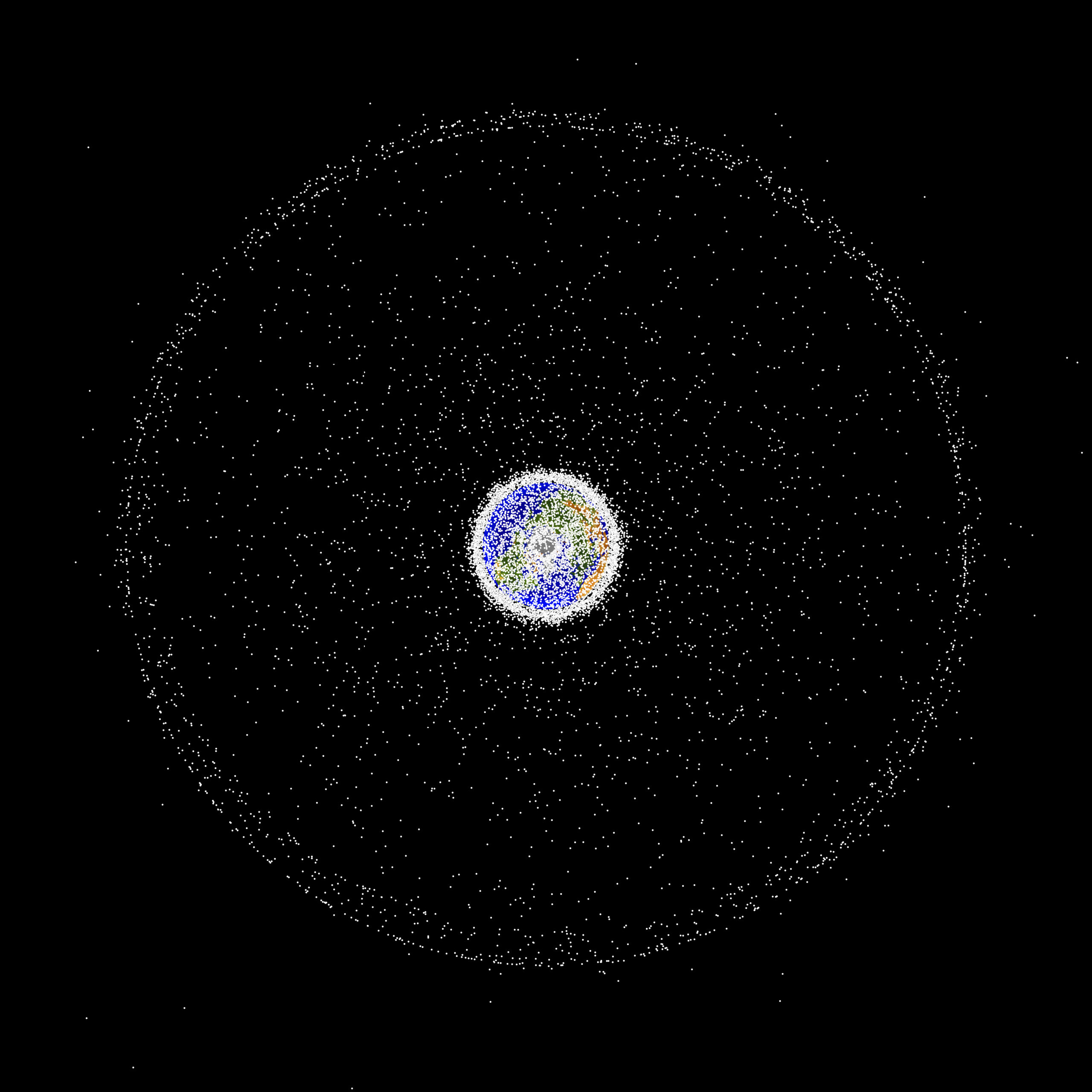

A grand prize could be in the offing for inventors who come up with new methods to prevent orbiting debris or design tools that can clean up space junk, according to recommendations from the White House’s Office of Science and Technology Policy.
Aug. 4 Sets Record for Most Launches in One Day
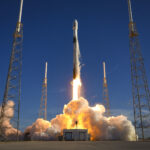
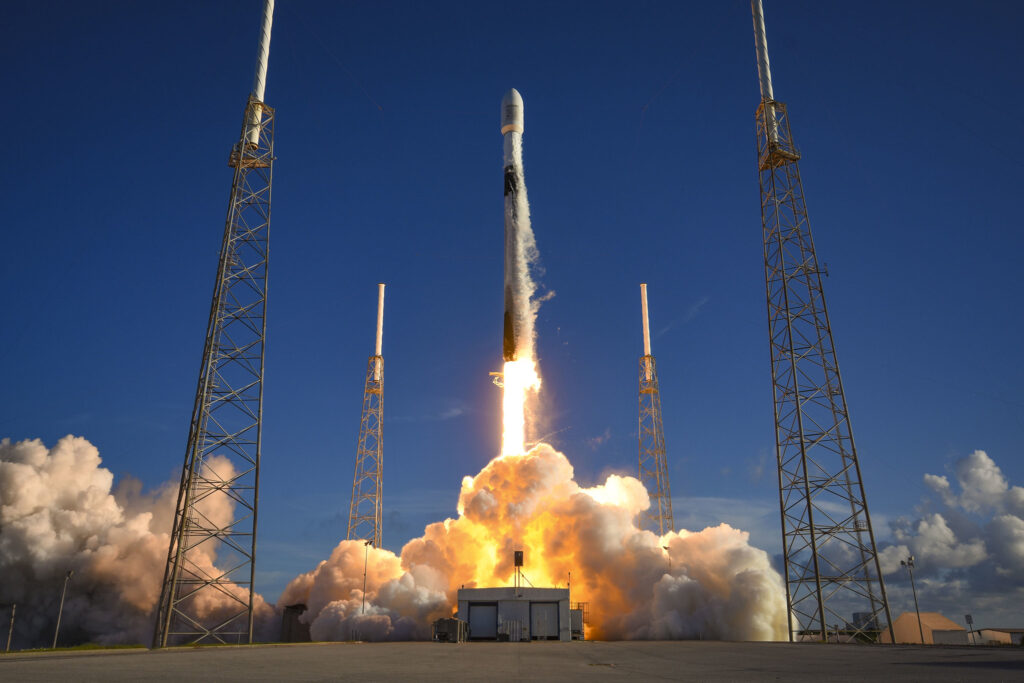
The beginning of August saw a flurry of launch activity as Aug. 4 set a record for most orbital launches on a single day (based on UTC launch times). The final launch count for the day reached five – three American and two Chinese.
ESA Sending Heroic, Fictional Sheep Aboard Artemis I
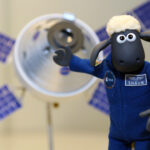
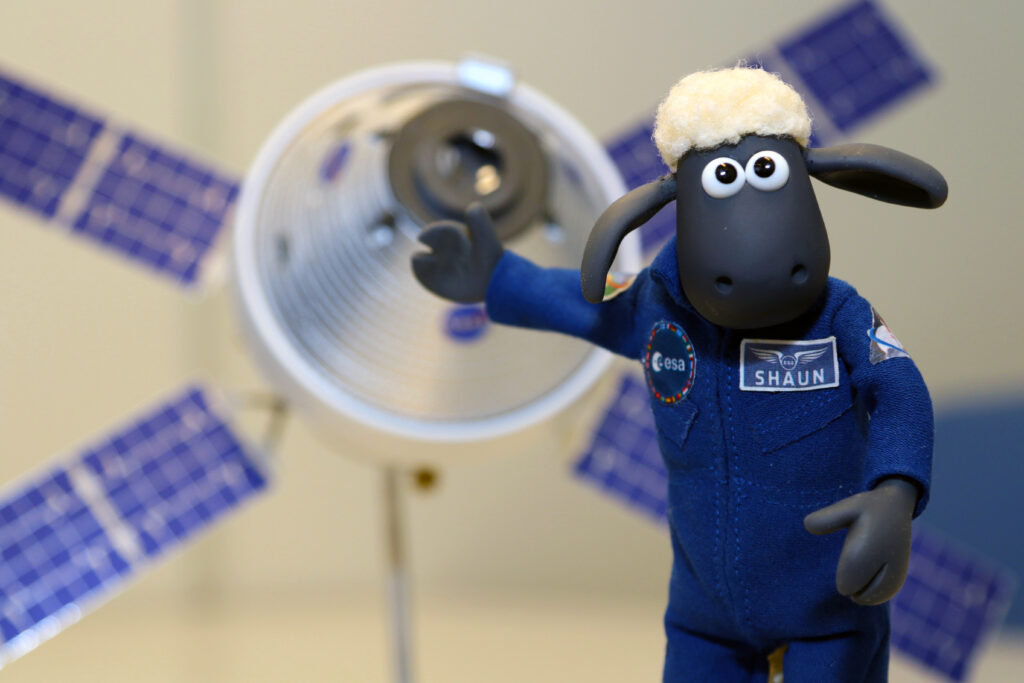
NASA says its Artemis I flight set to launch as soon as late August will be an uncrewed lunar fly-by. The Paris-based European Space Agency would beg to differ. Shaun is leaving the happy confines of Mossy Bottom Farm to lead the flight around the Moon, an agency press release announced.
2022 Sets Record for Launch Success Through June 30 Amid Busy Commercial Payload Pace
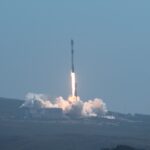
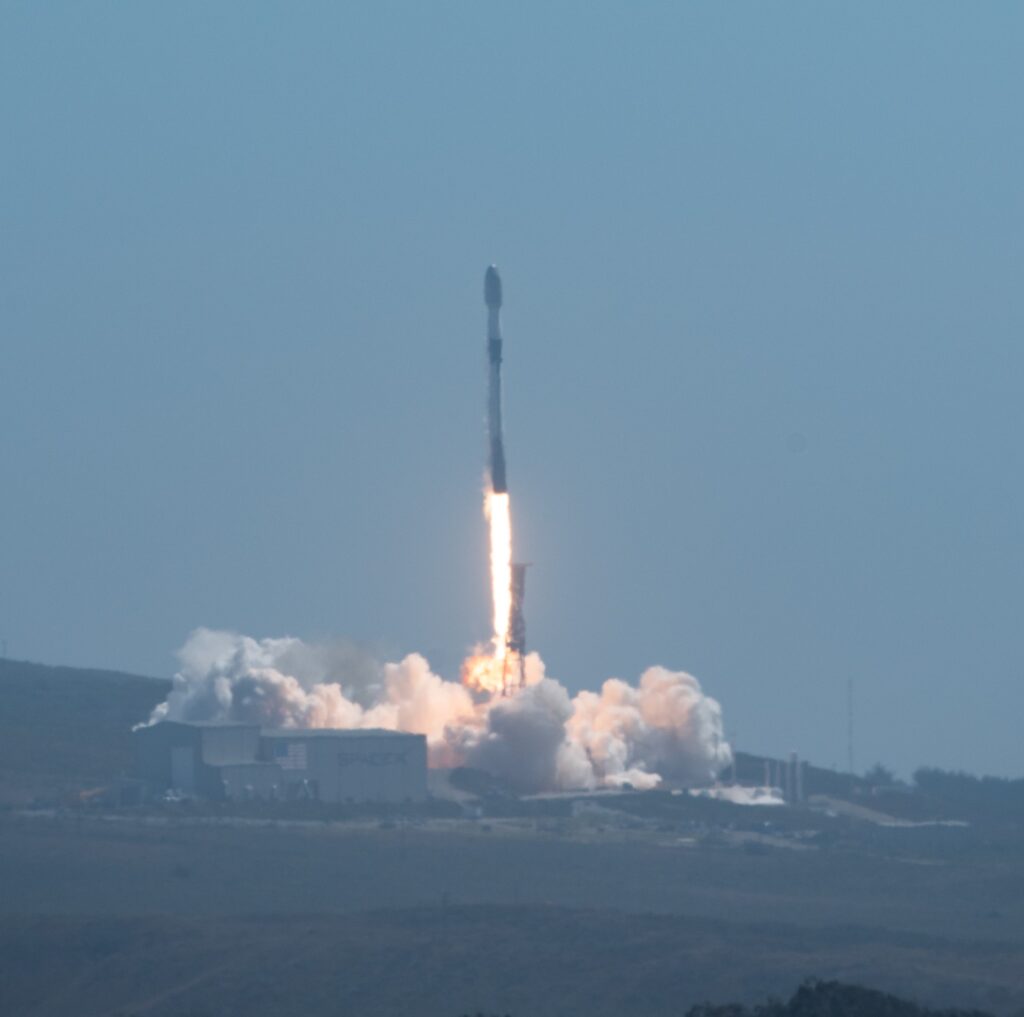
The first six months of 2022 saw a record pace of space launches, matching the mark of 75 set in the first half of 1967. And through June 30, the year saw a record pace for successful launches, topping the mark of 70 set in 1984.
SLS Test Fire: Igniting the Booster that Will Fuel Artemis Missions
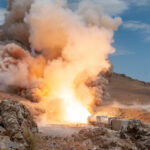
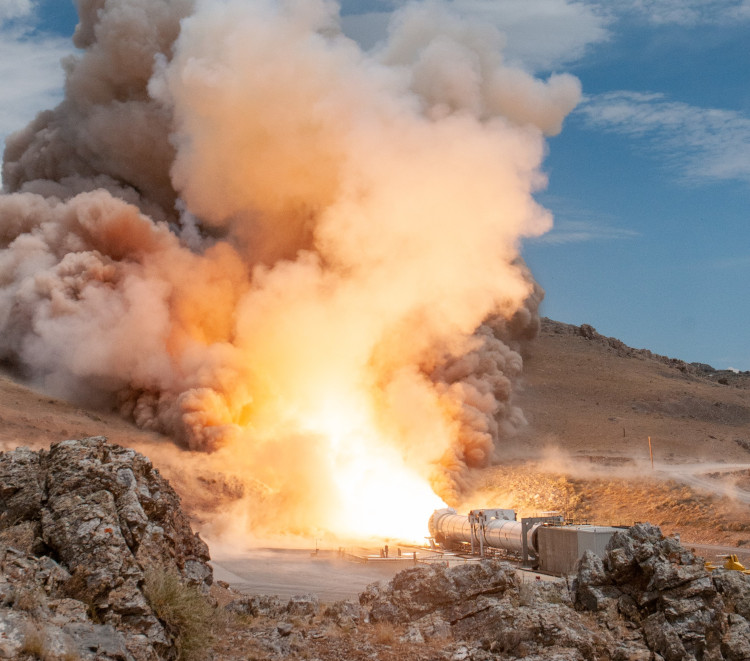
The July 21 static test of the Flight Support Booster-2 conducted by NASA and Northrop Grumman in Promontory, Utah, propelled the Artemis Program one step further. While Artemis I is scheduled to launch later this summer, data from the booster test will drive improvements in future missions.
Commercial Space Revenue Climbs More Than 6%, Edging Toward $400 Billion Annually
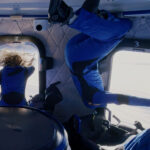
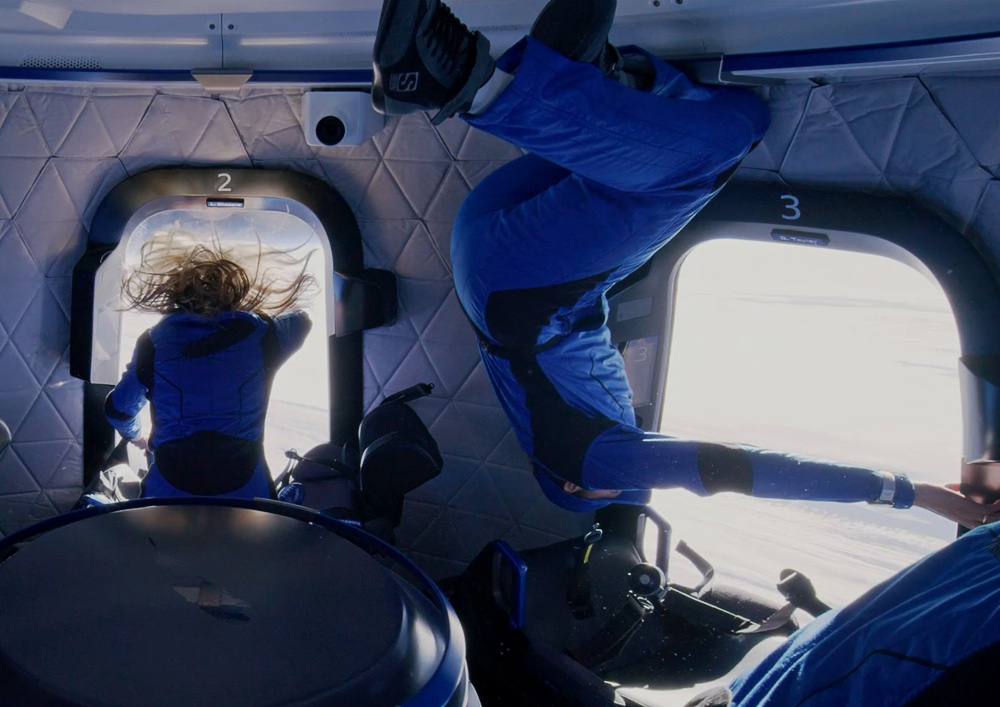
Commercial space activity refers to efforts undertaken by private industry with little or no government investment. Commercial space revenue in 2021 totaled $362 billion.
Partisan Fight Threatens to Delay Pentagon, Space Force Budget


Republicans on the House Appropriations Committee sent warning signals on Wednesday that the Pentagon’s $762 billion spending plan for 2023 could snag in the Senate over hot-button policy provisions. . .
James Webb Space Telescope Revelations Explore Time’s Dawn, Black Holes, and Earth-like Worlds
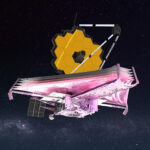
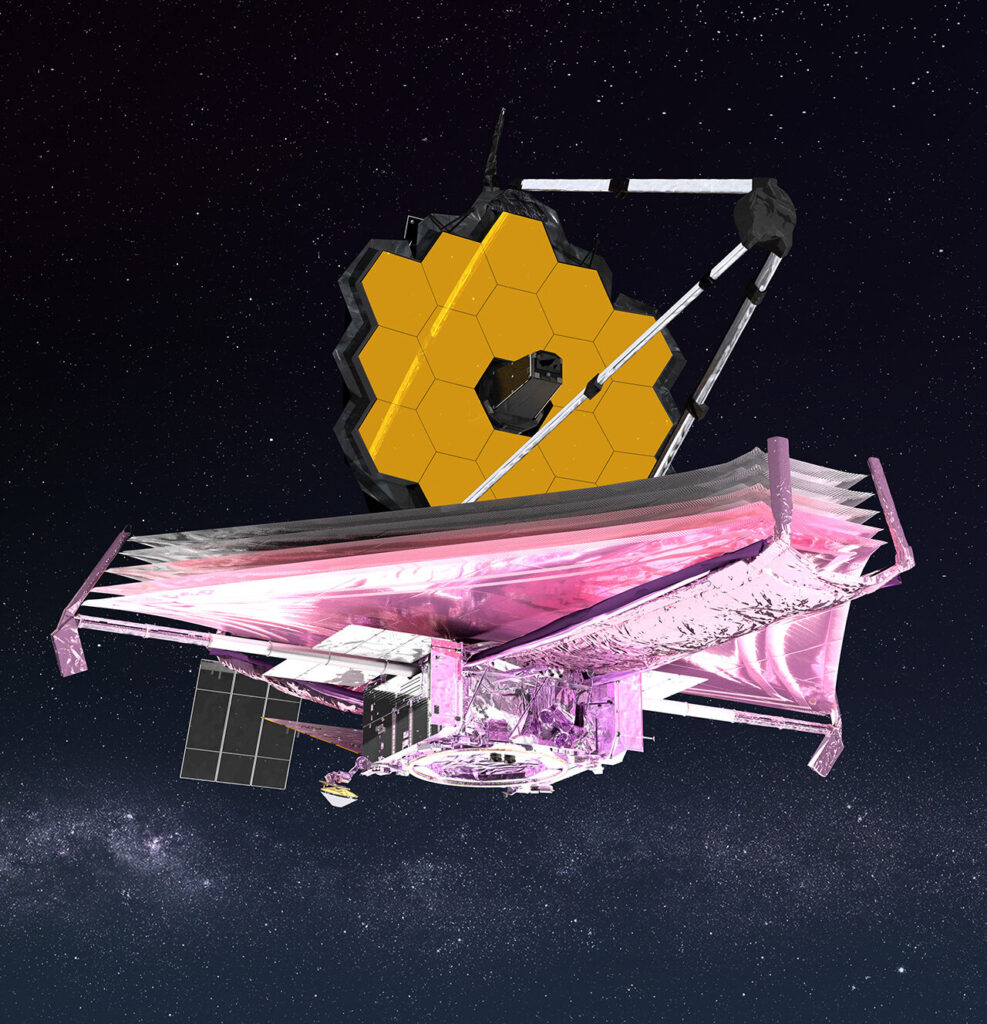
With the capability to peer at the faint glow of the ancient universe in the wake of the Big Bang, Webb already has surprised and impressed the scientific community.
Advances in Nuclear Reactors Could Power NASA Missions on Moon, Mars
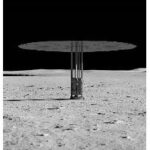
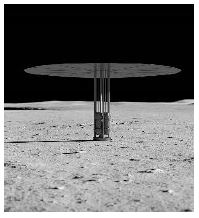
After a decades-long hibernation, nuclear fission power has come back into fashion for NASA and other agencies as a way to deliver power to remote locations and drive spacecraft at speeds other fuels cannot deliver.
Strikes in Ukraine Spotlight U.S., European Deficits in Hypersonic Arms Race
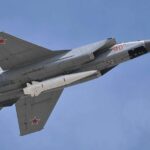
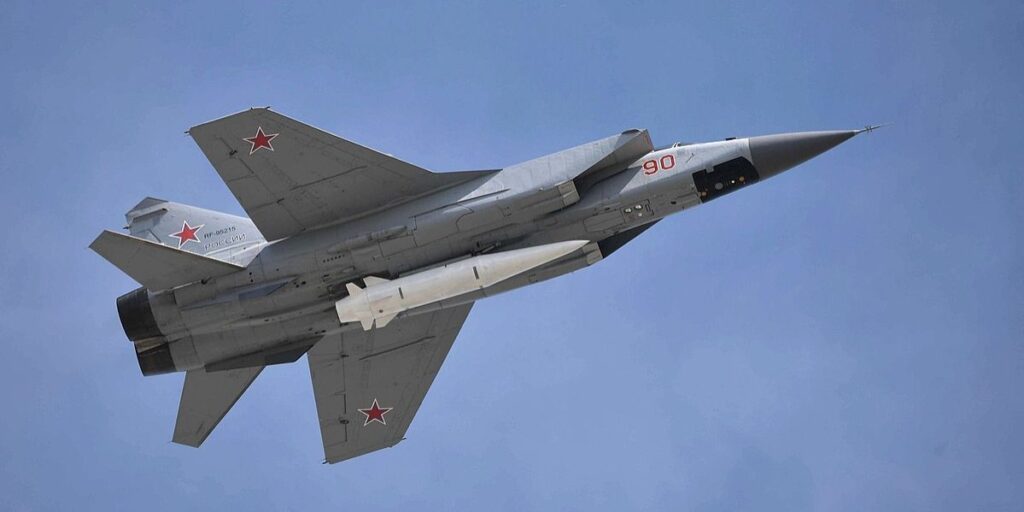
Russia’s use of hypersonic weapons in Ukraine is the latest escalation in a growing arms race for missiles that can travel through the atmosphere at more than Mach 5. The U.S. and its allies are accelerating spending on hypersonic weapons development, but haven’t fielded one to date, prompting leaders to fear a missile gap. . .